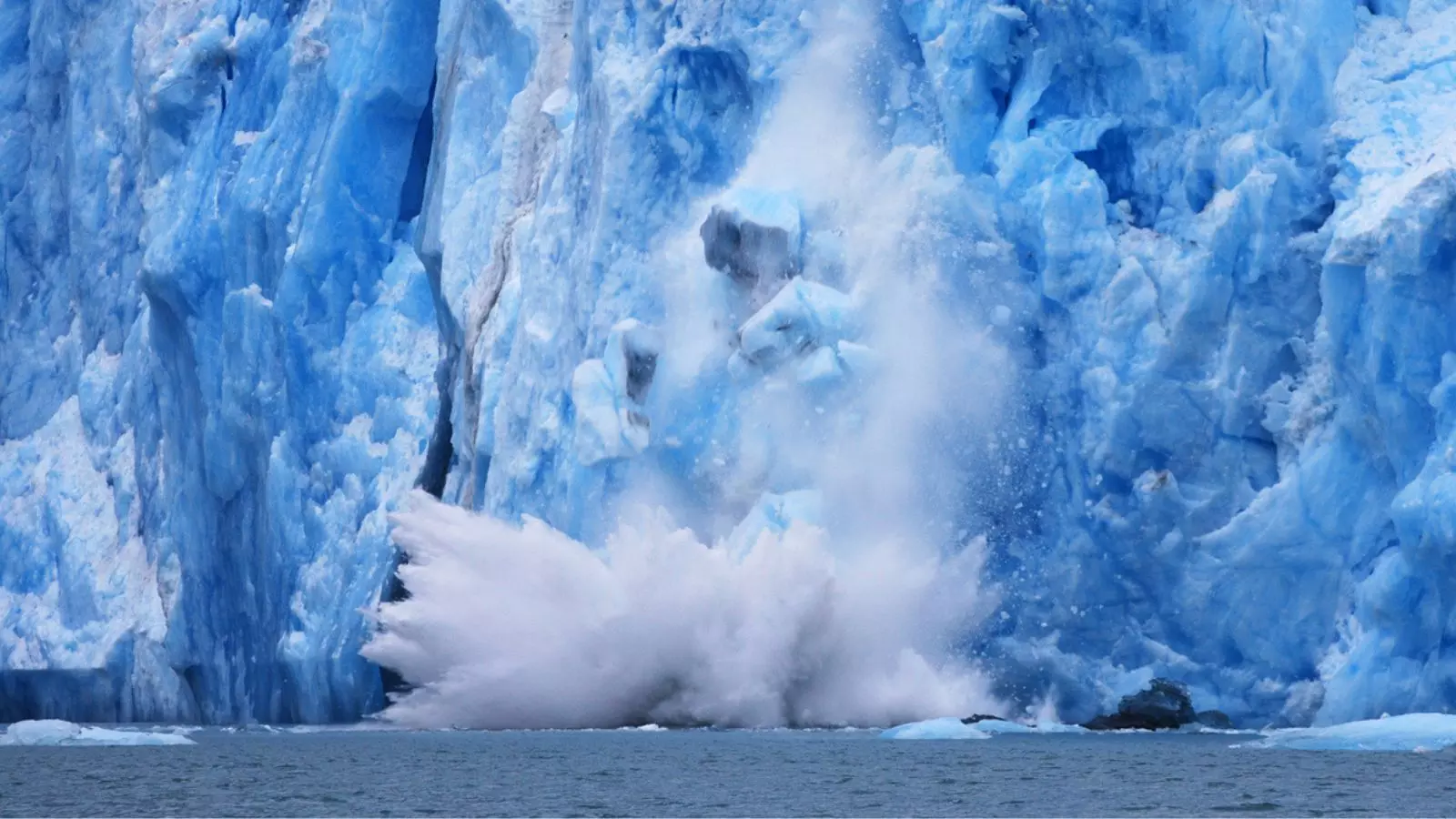
Glaciers the size of Germany gone in 50 yrs; saving them a matter of survival: UN
According to the UN’s World Meteorological Organisation, five of the last six years have seen the most rapid glacier retreat on record

The United Nations has said all 19 of the world’s glacier-regions experienced a net loss of mass for the third consecutive year in 2024. It said saving the glaciers is now a matter of ‘survival’, according to an AFP report.
World Meteorological Organisation’s (WMO) chief Celeste Saulo said, "Preservation of glaciers is not just an environmental, economic and societal necessity; it's a matter of survival."
Watch: Animal farming, not fossil fuels, main trigger of climate change: Expert
450 billion tonnes lost
According to the agency, which cited a Switzerland-based World Glacier Monitoring Service (WGMS) report, apart from Greenland and Antarctica, over 275,000 glaciers cover approximately 700,000 square kilometres globally. Together, these glaciers have lost 450 billion tonnes of mass.
According to the UN’s WMO, five of the last six years have seen the most rapid glacier retreat on record, and are rapidly shrinking due to climate change.
Also read: 2024 warmest year in India since 1901: IMD
Fourth worst year
Saulo said, “From 2022-2024, we saw the largest three-year loss of glaciers on record,” with 2024 being the fourth worst year, with the worst being in 2023.
The WGMS estimated that glaciers separated from the continental ice sheets in Greenland and Antarctica have lost over 9,000 billion tonnes since records began in 1975.
"This is equivalent to a huge ice block of the size of Germany with a thickness of 25 metres," said WGMS director Michael Zemp.
The WMO echoed its concerns and said that at current rates of melting, many glaciers in western Canada and the United States, Scandinavia, central Europe, the Caucasus and New Zealand ‘will not survive the 21st century’.
The mass loss of glaciers was relatively moderate in the Canadian Arctic and the peripheral glaciers of Greenland. Meanwhile, the glaciers in Scandinavia, Norway's Svalbard archipelago and North Asia experienced their worst year on all records.
Also read: 2024 hottest year on record, first to breach 1.5 degree C guardrail
Combat global warming
According to the reports, glaciers and ice sheets store around 70 per cent of the world’s freshwater resources, with high mountain regions acting as global water towers. If these resources disappear, it would threaten water supplies for millions of people living downstream.
The WMO’s water and cryosphere director, Stefan Uhlenbrook spoke to AFP, “We can negotiate many things in the end, but we cannot negotiate physical laws like the melting point of ice."
Also read: Power use surge signals heat waves, not necessarily economic growth: Report
The only possible solution to combat global warming, according to the UN, is by reducing greenhouse gas emissions.
Uhlenbrook declined to comment on US President Donald Trump — a climate change sceptic — and his decision to pull the US out of the landmark 2015 Paris climate accords. However, he said that while ignoring the problem of climate change is convenient for a short period, it will not help the world get closer to a solution.

